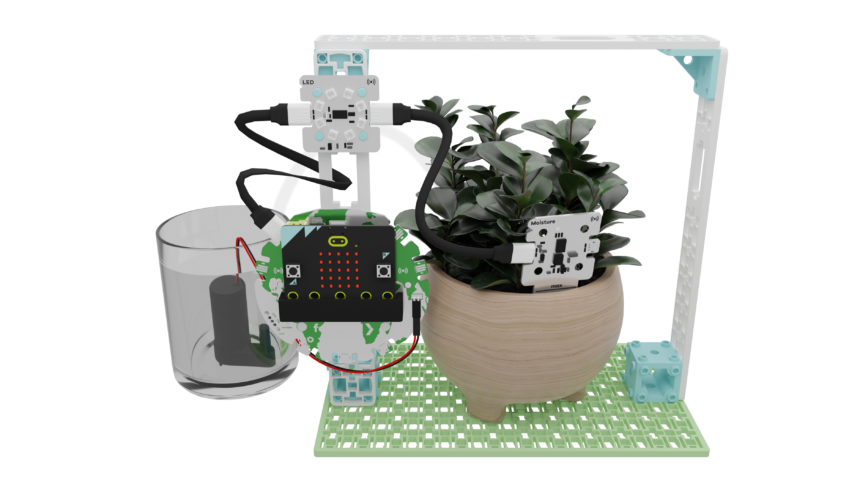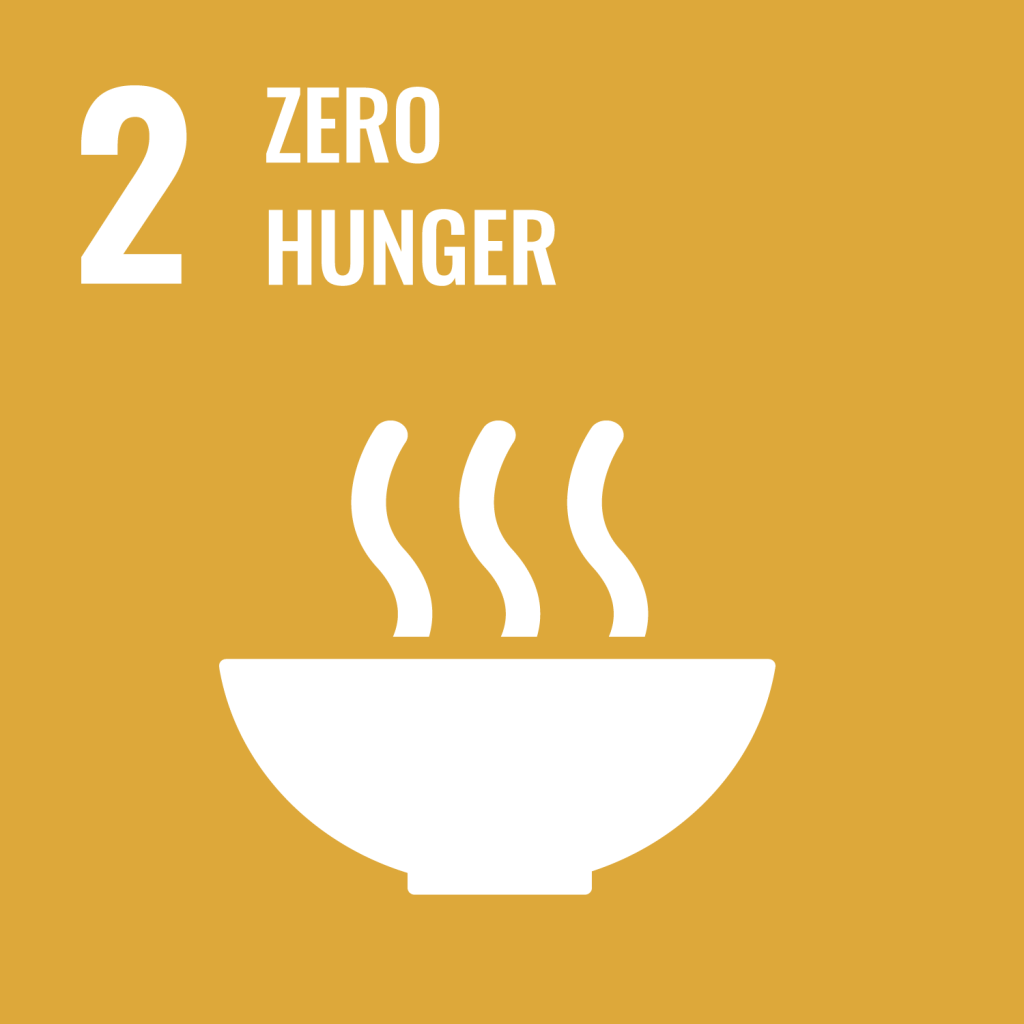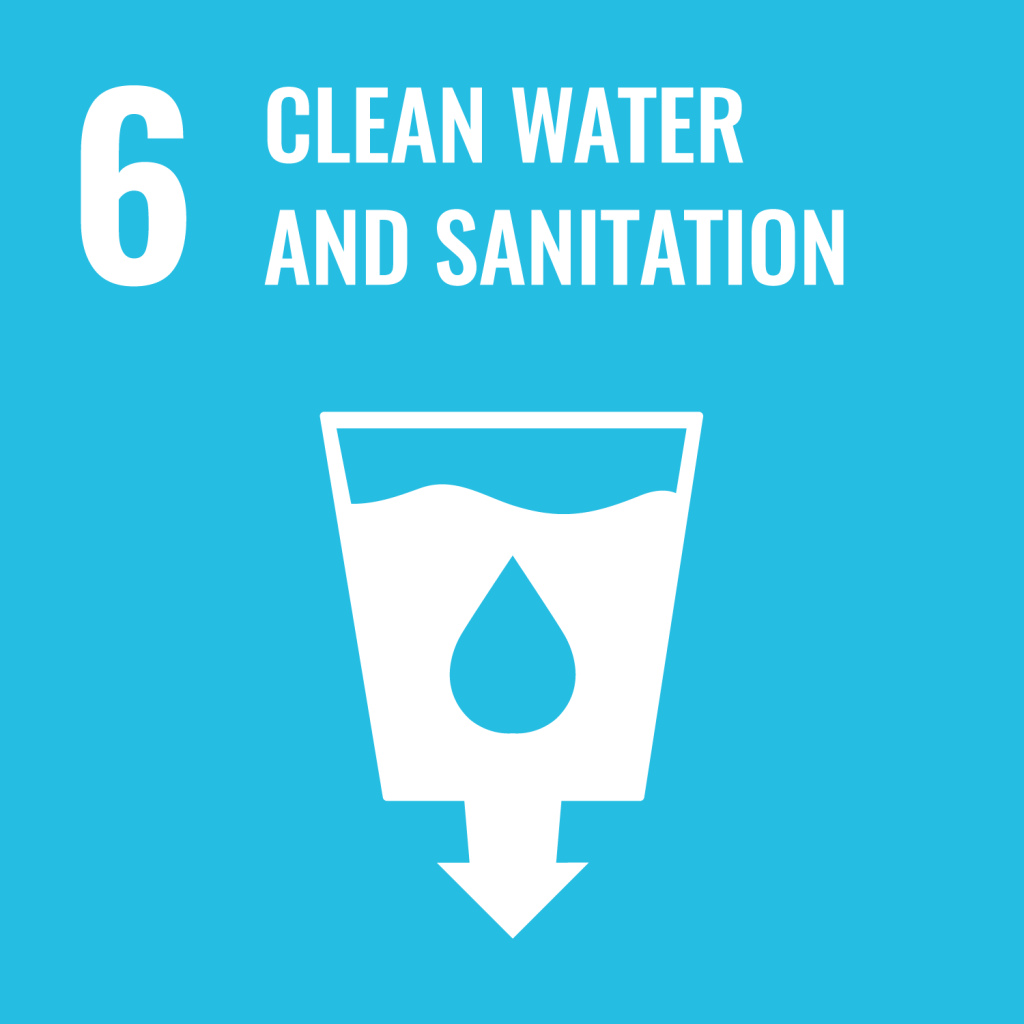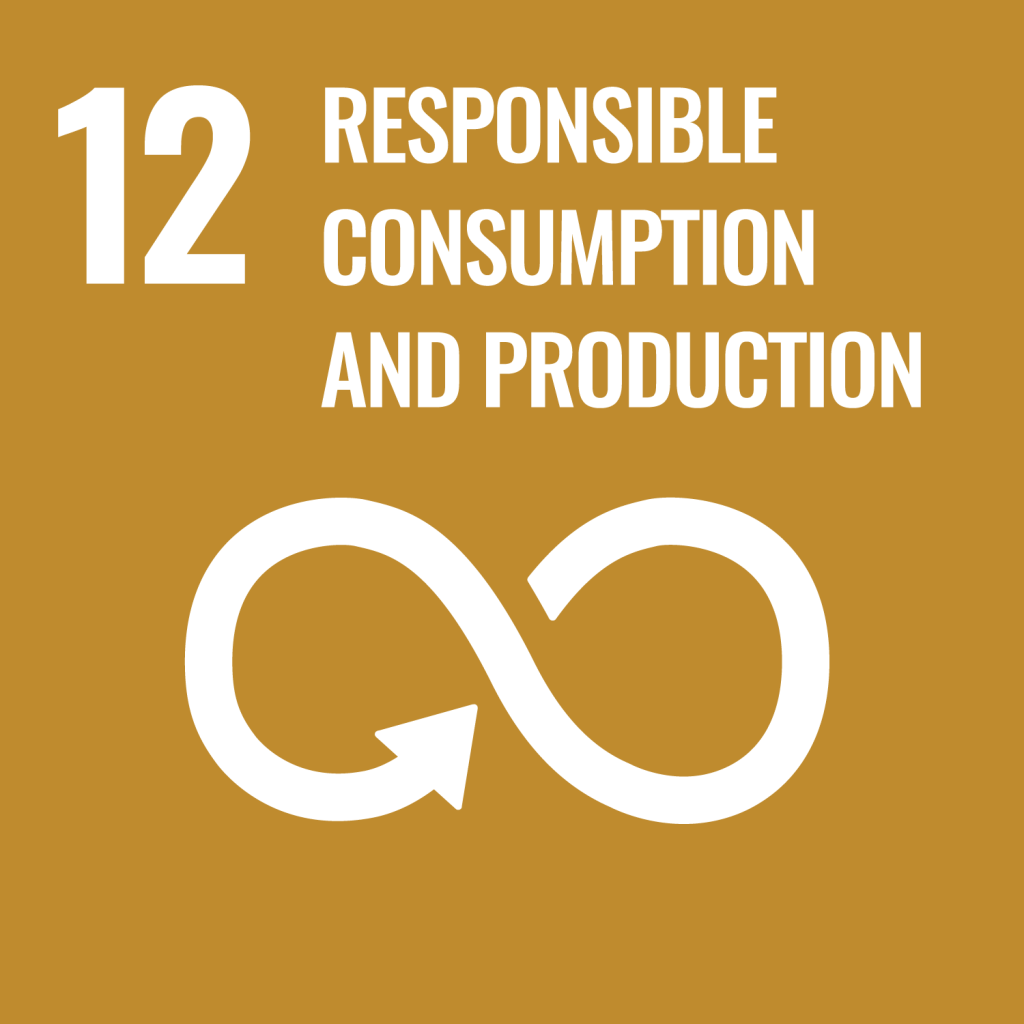Imagine growing food without soil, right in the middle of a city. Thanks to smart farming technologies, we can now set up farms in places like empty offices or large storage rooms. These setups use special systems to grow plants indoors, providing a way to help cities produce enough food in the future.
In this lesson, we’ll discover how smart farms use technology to nurture plants from seed to harvest. Then, we’ll build and program our own smart watering device. You’ll see how technology can help us manage water, reduce food waste, and grow crops more efficiently!

Global Goals & Indigenous Perspective
This lesson supports the United Nations Sustainable Development Goals (SDGs), 17 global goals designed to make the world a better place.
Specifically, we’ll focus on:
- Goal 2: Zero Hunger: (making sustainable food production and improving nutrition)
- Goal 6: Clean Water and Sanitation (increasing clean water and hygiene access and conservation)
- Goal 12: Responsible Consumption and Production (increase green energy, and sustainably produce local agriculture)



To fully achieve these goals, it’s crucial to integrate diverse knowledge systems. The American Indian Science and Engineering Society (AISES) emphasizes that for many Indigenous cultures, the relationship with traditional ᏠᎨᏏᏓᏫᏒ (crops) and ᏓᎦᎶᎩᏍᎬ (farming) techniques is deeply significant. When we discuss modern farming techniques, we consider not only food sustainability, but also the profound impacts on ancestral lands, cultures, and ways of life.
